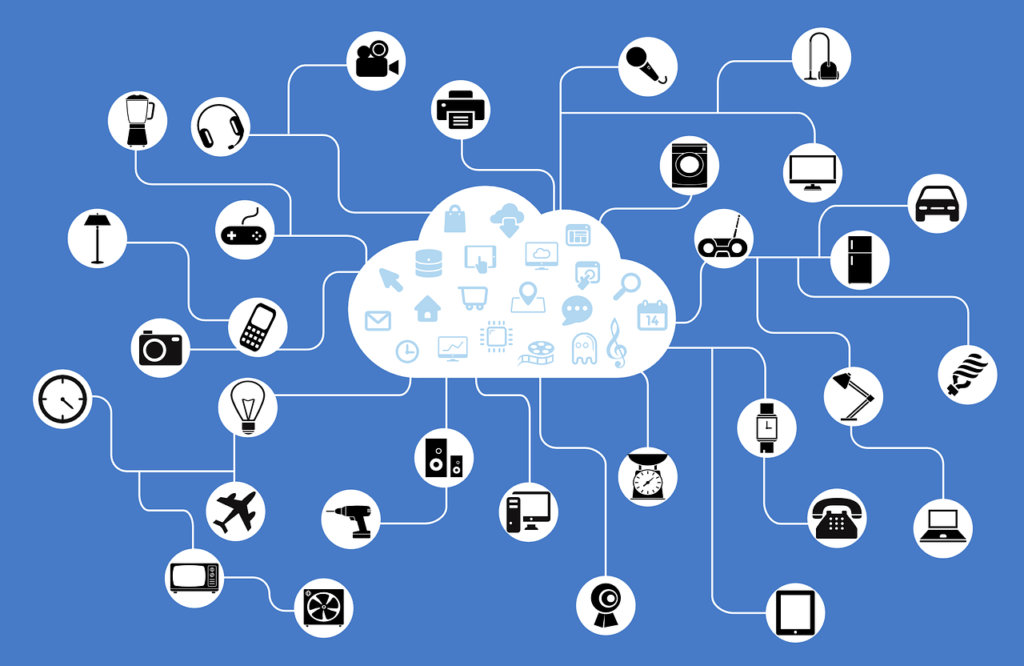
Internet of Things (IoT) has captured the imagination of the world like a pandemic. Most of us use IoT on a daily basis in one way or the other without even realizing it. Fitness trackers strapped to our arms, virtual reality devices, smart air purifiers, etc. are all IoT wonders that influence and shape the way we live our lives today. Advancements in the field are evolving at such an aggressive rate that technology giants like Cisco and Gartner have predicted that by 2020, there’ll be 20 – 50 billion Things connected to the Internet.
In such a scenario, what should an enthusiast of the field consider when trying to enhance his life with an IoT platform? And how can one make sure that the IoT platform one chooses will stay relevant not only today, but in the future too?
We’ve compiled a broad list of key attributes you should look for while picking an IoT solution. The list takes the real building blocks of a true IoT platform into consideration which include Device & Data Management, Adaptability, and Security.
Device & Data Management
IoT is all about how devices communicate with the Internet “seamlessly”. So firstly, a good IoT platform should be able to provide provisioning and over the air updates to devices. Secondly, since the Internet supports various protocols. the next crucial check-point should be that the IoT platform should be resilient enough to handle different network protocols and communicate to device regardless of the underlying mismatches. This also includes taking care of cellular and non-cellular connectivity.
When we talk about Data Management, we’re not just talking about how data is stored and analyzed to give Internet of Things devices their power. We’re talking about how existing data can be used to create and provide new information that adds a significant value to the platform’s overall intelligence. So it needs to be intuitive enough to allow customization of what data is to be collected, how it is to be collected, how often it is to be collected, how easy it is to setup, how flexible, and how scalable it is. Also, the platform should have good tools to perform flawless device and data management at all points of time.
Adaptability
What use is something new if it won’t be as exciting the next day? The charm of a shiny new toy lasts only until a shinier toy doesn’t come along. Similarly, while selecting an IoT platform it is important to understand that the market can change drastically at any time. So the features that we’re selecting today might not be as unique tomorrow. Will our platform be as adaptable to the changes in technology? There’s only one way to ensure it will – by creating Things with technology that is here to last a little longer. For example, architectures featuring Microcontroller Units (MCUs) have been around for quite a while and should be here for a lot more time. So if IoT companies can find a way of combining an MCU based system to the Internet by using a few sensors, adding security and great networking capabilities, the resulting platform would be a winner.
Similarly, instead of being very specific, using a wider perspective on the kind of data used would help keep the device relevant for much longer.
Security
An environment in which a number of devices can connect to each other and to the Internet to transfer data upstream and downstream is bound to be vulnerable. All it takes to destroy a happy setup is one destructive thought. Thus, the perfect IoT platform will have to be absolutely secure. It should ideally have every aspect of security built-in, like end-to-end encryption, access and authorization controls, hard-coded device identity mechanisms, etc. Plus, there should be a way for IoT companies to record device activity so that any fluctuation in expected behavior can be instantly flagged. Moreover, since storing data in the Cloud is far safer than storing it at penetrable physical locations, keeping the data that powers our platform on the cloud would be a great idea.
While the above list can include a lot more, it covers the three essential requirements you must check out while picking the right IoT platform.